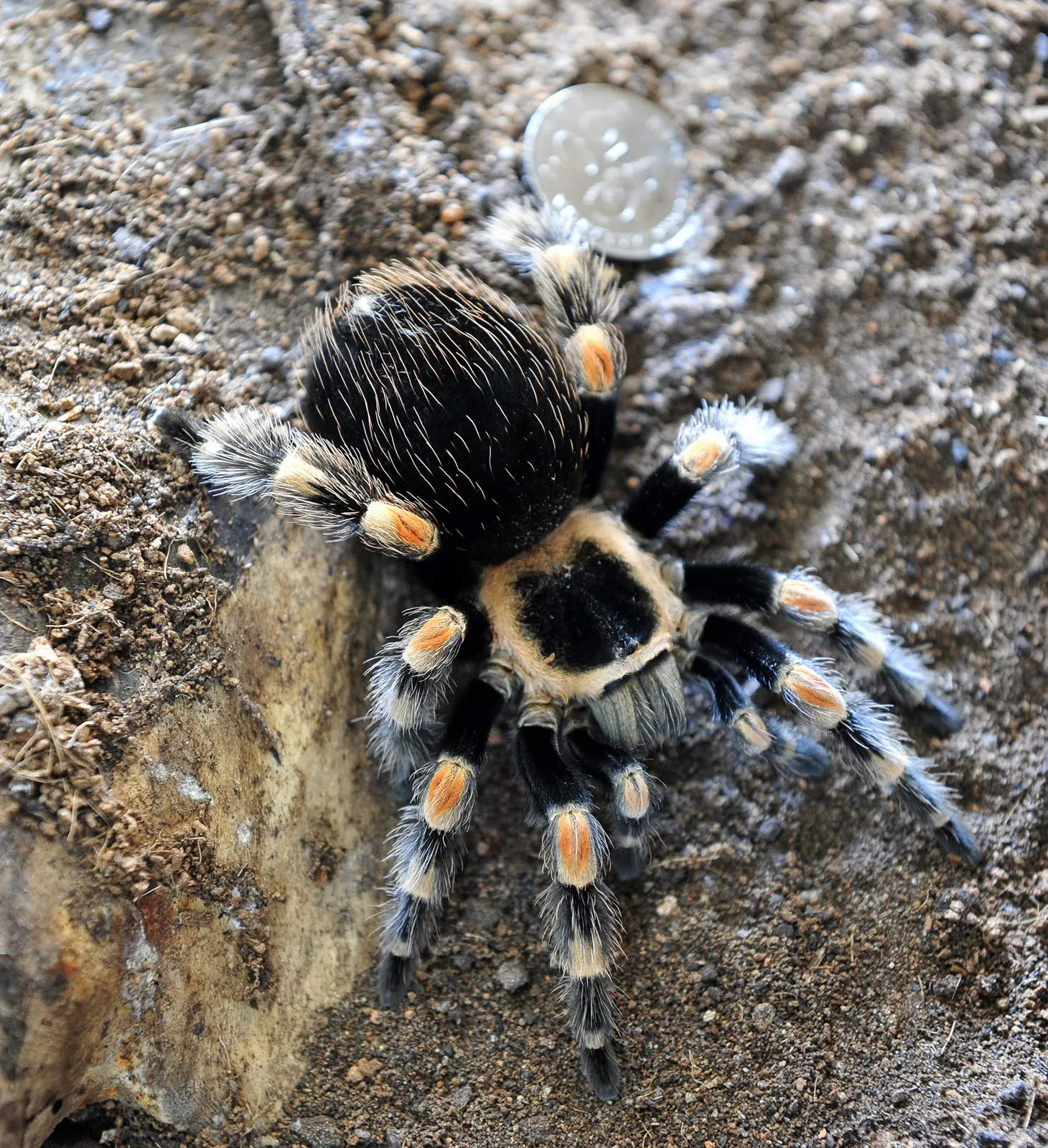Understanding the Mexican Red Knee Tarantula
The Mexican Red Knee Tarantula (Brachypelma hamorii) is a captivating species that has become a popular choice for beginner tarantula enthusiasts. Known for its striking coloration and relatively docile temperament, this tarantula offers a fascinating glimpse into the world of arachnids. Before acquiring a Red Knee Tarantula, it’s crucial to understand its basic needs, behaviors, and the commitment required to provide proper care. This guide serves as your comprehensive starting point, covering everything from habitat setup to feeding and handling, ensuring a healthy and fulfilling life for your new pet.
Origin and Habitat
Native to the arid scrublands and tropical deciduous forests of the Pacific coast of Mexico, the Red Knee Tarantula thrives in a terrestrial environment. They are burrowing tarantulas, often creating elaborate underground systems in their natural habitat. Understanding their origin is essential for replicating their natural environment in captivity. This includes providing the right temperature, humidity, and substrate to mimic their native conditions and ensure their well-being. Mimicking their natural habitat will help to ensure the health and happiness of your pet.
Appearance and Characteristics
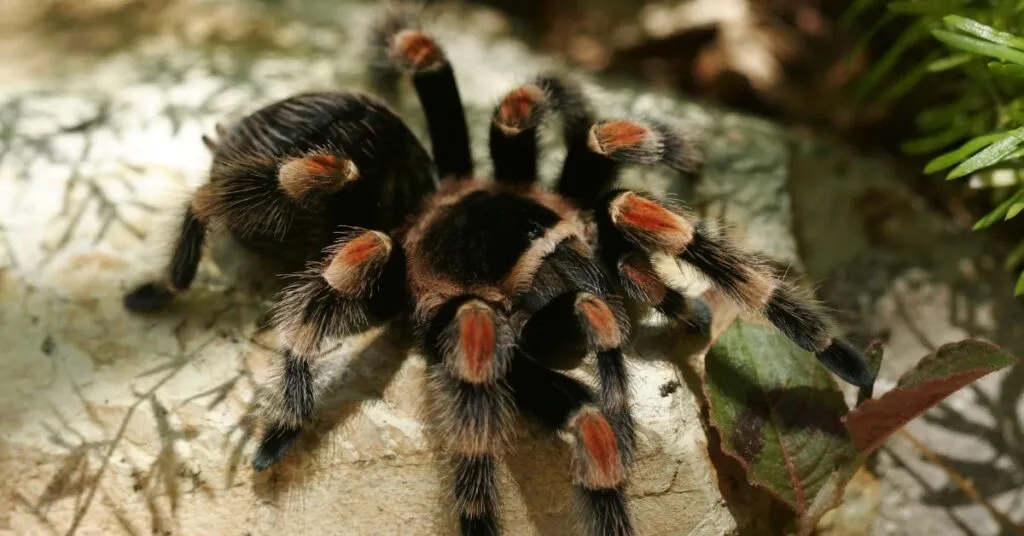
The Red Knee Tarantula is immediately recognizable by its striking appearance. Adults boast a dark body with vibrant red-orange bands on their leg joints, creating a visually stunning contrast. The carapace is typically a dark brown, complementing the colorful leg bands. They are relatively large tarantulas, with females reaching a leg span of up to 6 inches or more. Males are generally smaller and can be identified by their smaller size and the presence of tibial hooks on their front legs, used for mating. Their lifespan varies, with females living significantly longer than males, often up to 20-30 years, while males typically live for 5-10 years.
Setting Up Your Tarantula’s Habitat
Creating a suitable habitat is paramount to the health and happiness of your Red Knee Tarantula. The enclosure should provide a secure, comfortable, and enriching environment that mimics their natural habitat. This involves careful consideration of the enclosure size, substrate, temperature, and humidity. A well-designed habitat not only ensures the tarantula’s physical well-being but also allows you to observe its natural behaviors and enjoy this unique pet. It is important to make sure the habitat is secure from escape to ensure the safety of the pet and anyone else in the house.
Choosing the Right Enclosure
The enclosure should be appropriately sized, allowing ample space for the tarantula to move around, burrow, and feel secure. A good rule of thumb is to provide an enclosure that is at least twice the tarantula’s leg span in width and length. Glass or acrylic terrariums are suitable choices, with secure, well-ventilated lids to prevent escapes. Ensure the enclosure has proper ventilation to prevent the buildup of mold and maintain air circulation. Avoid enclosures with large gaps or openings, as tarantulas can squeeze through surprisingly small spaces. The enclosure should be escape-proof and easy to access for feeding and maintenance. Consider front-opening enclosures for ease of access and better viewing.
Substrate Selection
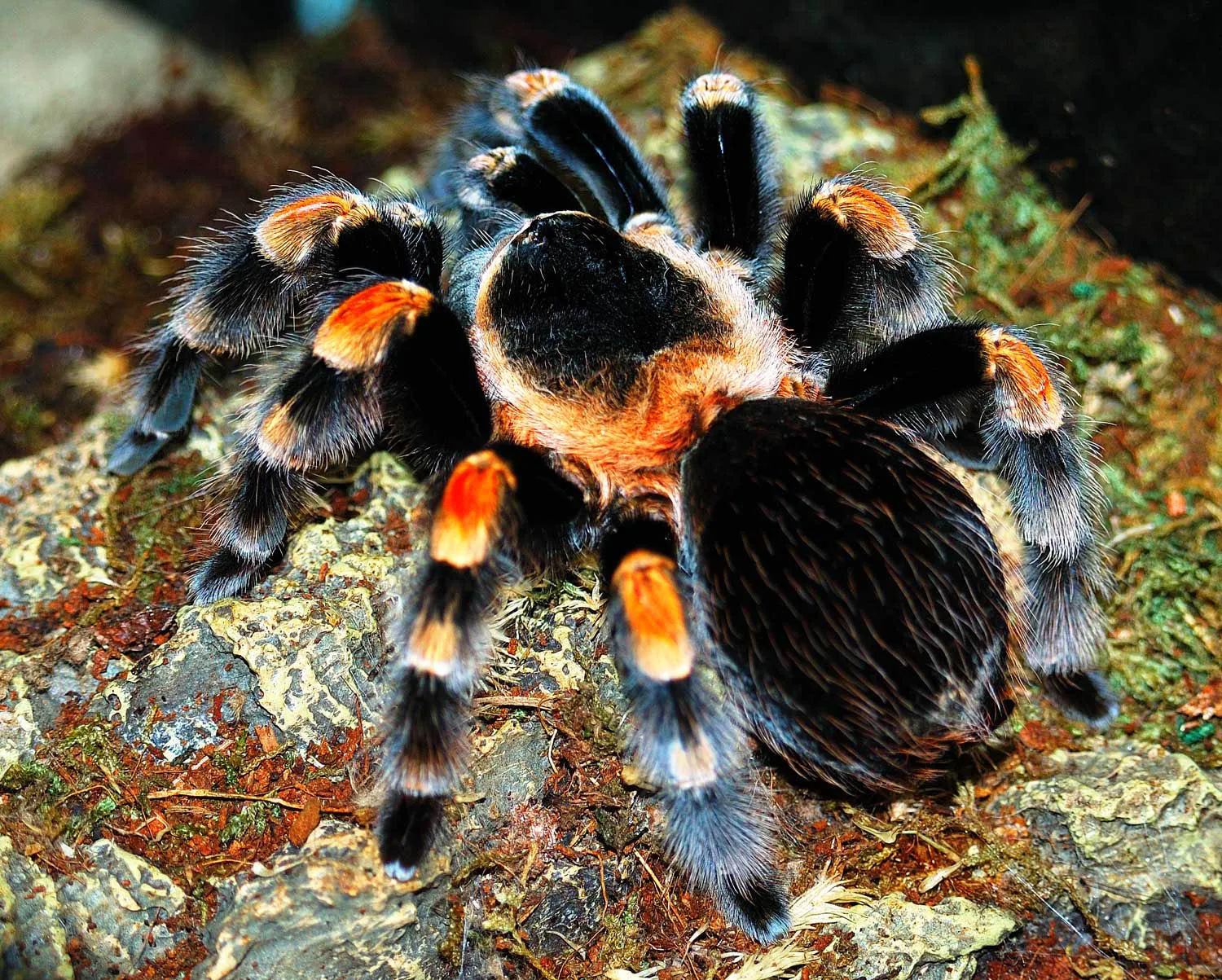
The substrate serves as the tarantula’s flooring and should mimic the conditions of its natural habitat. A good substrate should retain some moisture while allowing for burrowing. A mixture of coco fiber, peat moss, and a small amount of vermiculite or sphagnum moss is an excellent choice. The substrate should be deep enough, at least 4-6 inches, to allow the tarantula to burrow and create a comfortable hide. Avoid using sand or gravel, as they can be difficult for the tarantula to burrow in and may also harbor bacteria. Regularly spot-clean the substrate to remove any uneaten food or waste and replace the substrate completely every 6-12 months to maintain hygiene.
Temperature and Humidity Control
Red Knee Tarantulas thrive in temperatures between 75-85°F (24-29°C). Maintaining the correct temperature is crucial for their health and well-being. A heat mat placed on the side of the enclosure can provide a gentle heat source. Avoid placing the heat mat directly under the enclosure, as it can cause the substrate to dry out too quickly and potentially harm the tarantula. Humidity levels should be kept between 60-70%. This can be achieved by lightly misting the enclosure with dechlorinated water once or twice a week, depending on the humidity levels in your home. A hygrometer will help you monitor the humidity levels. Adequate ventilation is also essential to prevent mold and maintain air quality.
Feeding Your Red Knee Tarantula
Proper nutrition is essential for the health and growth of your Red Knee Tarantula. They are opportunistic predators and will readily consume a variety of insects. It’s important to offer a balanced diet to ensure they receive the necessary nutrients. Overfeeding can lead to health problems, so moderation is key. Monitoring your tarantula’s feeding habits and overall condition can help you adjust their diet as needed. Ensure all food items are safe and free from pesticides or other harmful substances. Providing proper hydration through a water source is also crucial for their health.
What to Feed Your Tarantula
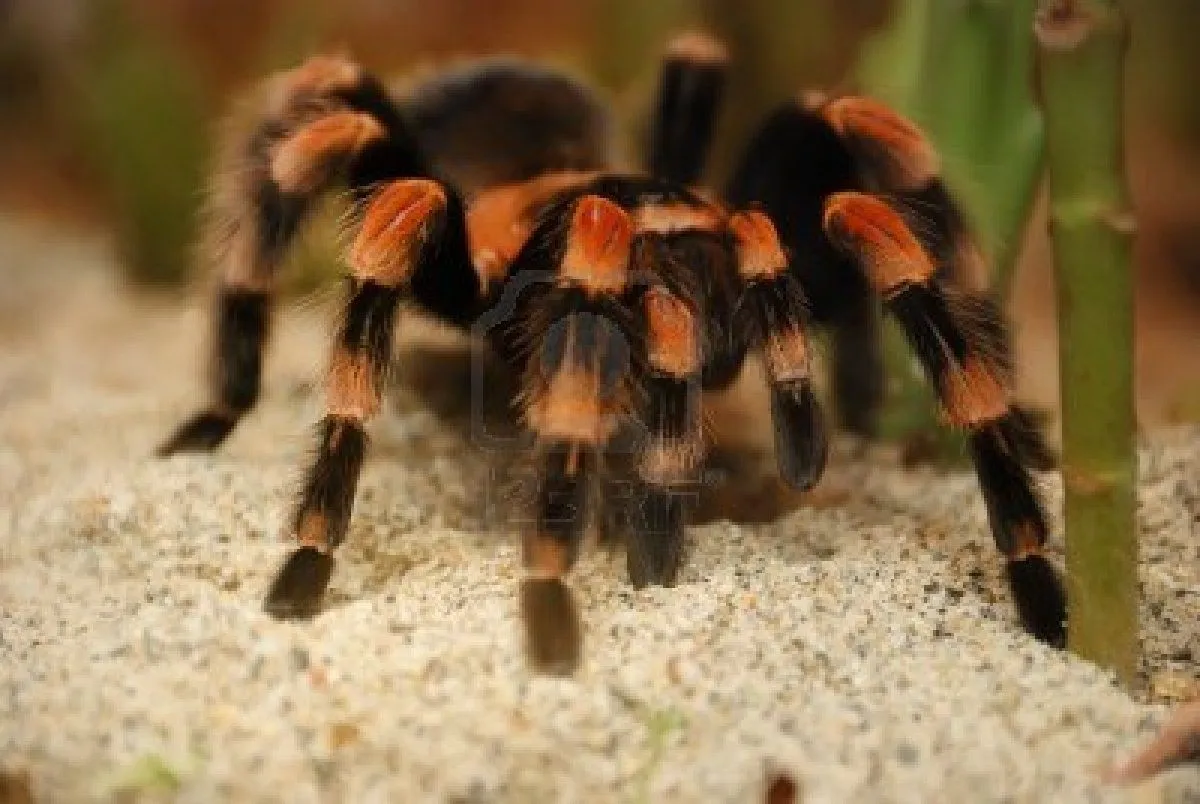
A varied diet of live insects is recommended. Crickets, mealworms, and roaches are popular choices. Ensure the insects are gut-loaded, meaning they are fed nutritious food before being offered to the tarantula. This provides the tarantula with additional vitamins and minerals. The size of the insects should be appropriate for the size of your tarantula; generally, the insect should be no larger than the tarantula’s abdomen. Avoid feeding your tarantula wild-caught insects, as they may carry parasites or be contaminated with pesticides. Pre-killed insects can also be offered, but live prey is often preferred as it stimulates their natural hunting instincts.
Feeding Frequency
Feeding frequency depends on the tarantula’s age and size. Spiderlings should be fed two to three times a week, while juveniles and adults can be fed once or twice a week. Observe your tarantula’s abdomen; if it appears plump, it’s well-fed. If the abdomen shrinks, increase the feeding frequency. Remove any uneaten prey within 24 hours to prevent stress and potential harm to the tarantula. Always provide a shallow water dish filled with fresh water for your tarantula to drink from. The water dish should be shallow enough to prevent drowning.
Watering Your Tarantula
Water is essential for your tarantula’s survival. Provide a shallow water dish filled with fresh, dechlorinated water at all times. The water dish should be small enough to prevent the tarantula from accidentally drowning. For smaller spiderlings, a bottle cap filled with water can suffice. Monitor the water level and refill the dish as needed. In addition to the water dish, you can also mist the enclosure lightly once or twice a week to maintain humidity, especially during molting. Be careful not to over-mist, as this can lead to mold growth.
Handling and Interaction
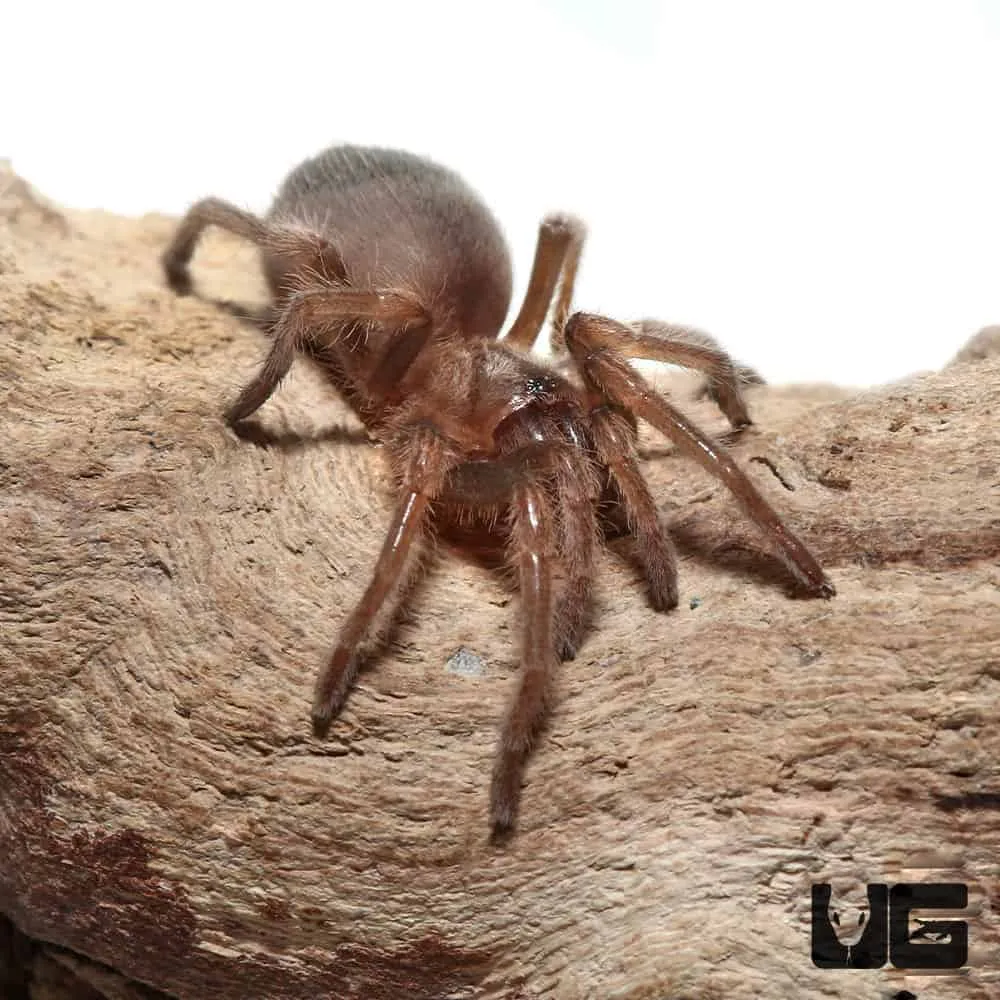
While Red Knee Tarantulas are relatively docile, they are not typically pets that enjoy handling. They are best observed in their enclosure, where they feel most secure. Handling should be kept to a minimum, as it can stress the tarantula and potentially lead to bites or defensive behavior. If you choose to handle your tarantula, it’s important to do so safely and cautiously. Always be aware of their behavior and body language, and never force interaction. Remember that tarantulas are delicate creatures, and their safety and well-being should always be the priority. It is also important to wash your hands before and after handling the tarantula.
Safe Handling Practices
If you must handle your tarantula, do so close to the ground or a soft surface, in case it falls. Avoid sudden movements or loud noises that could startle the tarantula. Gently coax the tarantula onto your hand, avoiding sudden grabs or movements. Let the tarantula walk onto your hand on its own. Always supervise children when they are near the enclosure. Be aware of the tarantula’s body language, such as a defensive posture or raised front legs, which may indicate it feels threatened. If the tarantula shows signs of stress, gently place it back into its enclosure. Wash your hands thoroughly after handling the tarantula.
Recognizing and Avoiding Stress
Tarantulas can experience stress, which can lead to various health problems. Signs of stress include loss of appetite, excessive hiding, erratic movements, and defensive postures. Minimize stress by providing a secure and stable environment, avoiding sudden movements or loud noises near the enclosure, and keeping handling to a minimum. Ensure the enclosure is not in direct sunlight or a high-traffic area. Maintain the correct temperature and humidity levels. Provide plenty of hiding places. If your tarantula shows signs of stress, review its environment and make the necessary adjustments to improve its well-being. Reduce handling and allow the tarantula to acclimate to its surroundings.
Common Health Issues and Care
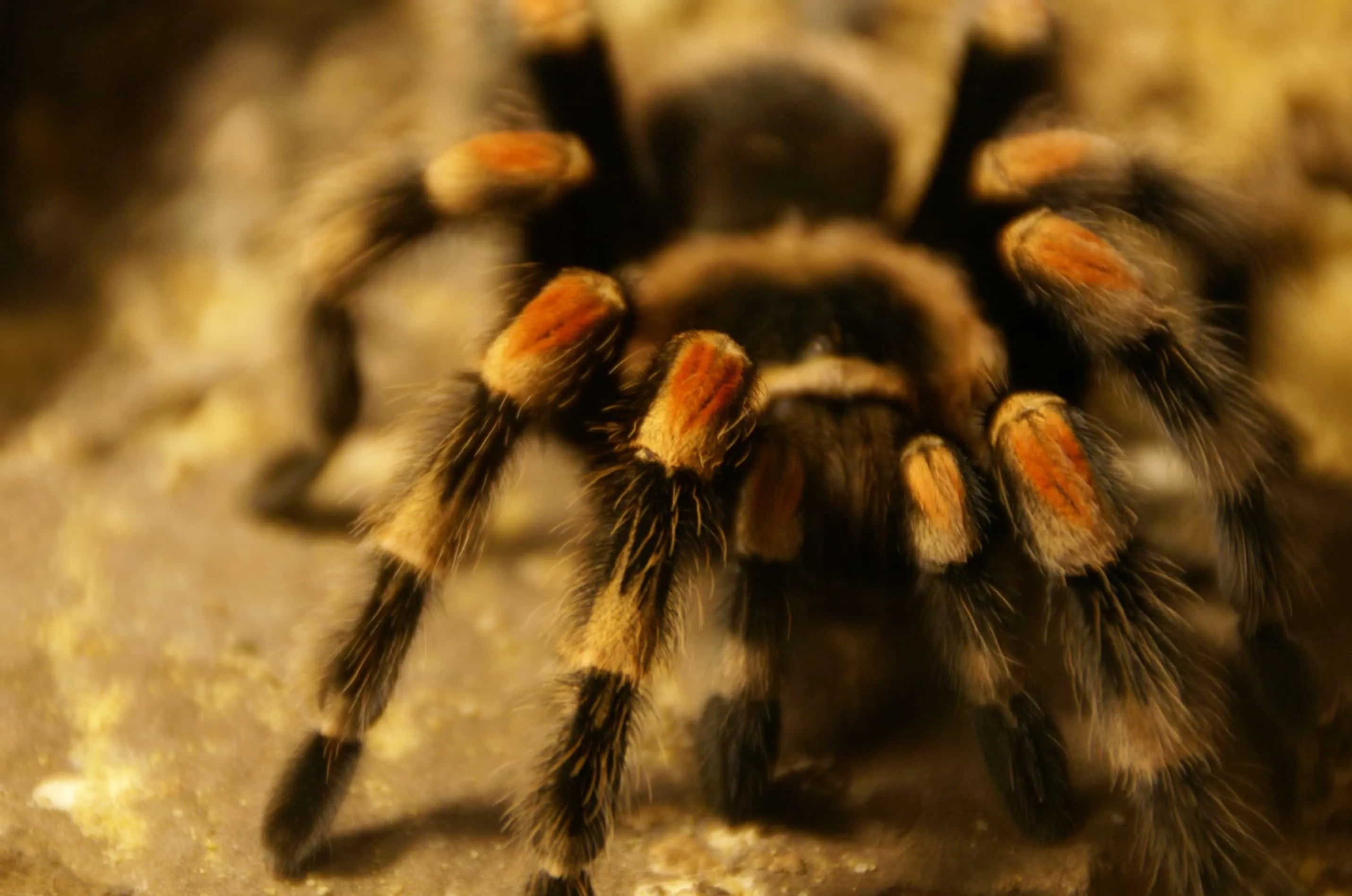
Like all pets, Red Knee Tarantulas can be susceptible to certain health issues. Recognizing the signs of illness and providing prompt care is essential for their well-being. Regular observation of your tarantula’s behavior, eating habits, and appearance can help you identify any potential problems early on. Familiarize yourself with common health issues, such as parasitic infections, injuries, and problems related to molting. Proper care, including maintaining a clean environment, providing a balanced diet, and minimizing stress, can help prevent many health problems. If you are concerned about your tarantula’s health, consult with a veterinarian experienced in exotic pets.
Moulting Process
Moulting is a natural process where tarantulas shed their exoskeleton to allow for growth. During moulting, the tarantula will typically stop eating and may appear lethargic. It will often flip onto its back. Do not disturb the tarantula during this vulnerable period. It may take several hours or even days for the moulting process to complete. After moulting, the tarantula will be soft and vulnerable. Do not feed the tarantula for a few days until its fangs have hardened. Ensure the enclosure is humid during moulting to prevent the exoskeleton from drying out. A successful moult indicates a healthy tarantula. Observe the moulted skin; it should be intact, with all legs and appendages present.
Identifying and Addressing Illness
Common signs of illness include loss of appetite, lethargy, unusual postures, and changes in appearance. If you notice any of these symptoms, consult with a veterinarian experienced in exotic pets. Some common health issues include parasites, injuries, and bacterial infections. Maintaining a clean environment and providing a balanced diet can help prevent many health problems. Quarantine new tarantulas to prevent the spread of diseases. Be vigilant and observe your tarantula regularly for any signs of illness. Early detection and treatment are crucial for a positive outcome. Provide a healthy diet and a clean habitat to support their immune systems.
Breeding and Reproduction
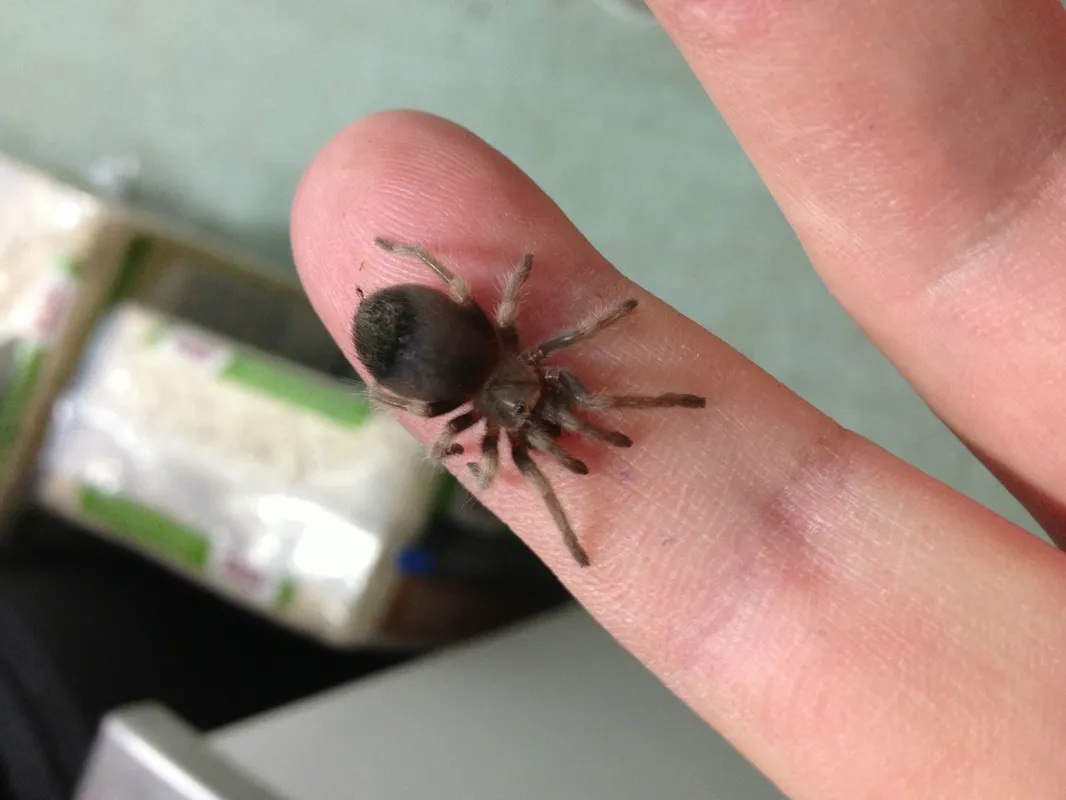
Breeding Red Knee Tarantulas can be a rewarding experience for experienced keepers, but it requires careful planning and knowledge. It’s important to understand the process, including the identification of the sexes, the courtship rituals, and the care of the eggs and spiderlings. Breeding tarantulas is not a beginner’s project. It requires significant dedication, knowledge, and resources to ensure the welfare of the tarantulas. Always research and prepare thoroughly before attempting to breed your tarantulas. Consider the ethical aspects of breeding and ensure you can provide adequate care for any offspring.
Identifying Sex
Identifying the sex of a Red Knee Tarantula is crucial for breeding purposes. The most reliable method is to examine the moulted exoskeleton. In females, you can find a spermatheca, or sperm storage organ, which appears as a small sac-like structure. Males have a pair of modified pedipalps (mouthparts) that resemble boxing gloves, used for mating, and they will also have tibial hooks on the first pair of legs. Visual inspection of the tarantula itself can be challenging, especially in juveniles. If you are unsure, it is best to consult with an experienced tarantula keeper or a veterinarian specializing in exotic pets for help with sexing your tarantulas.
Breeding Process Overview
The breeding process involves introducing a mature male to a mature female. The female should be well-fed and receptive. The male will often drum on the substrate to attract the female. The male will then approach the female and deposit sperm into her spermatheca using his pedipalps. After mating, the female will usually retreat and may become aggressive. If the mating is successful, the female will lay eggs in a silk sac, which she will fiercely guard. The eggs will hatch into spiderlings, which will need to be separated into individual enclosures to prevent cannibalism. This process requires time, space, and specialized knowledge to ensure the health and survival of the offspring. Consult with experienced breeders for guidance.
Legal and Ethical Considerations
Before acquiring a Red Knee Tarantula, familiarize yourself with any local laws or regulations regarding exotic pet ownership. Some areas may have restrictions on owning certain species of tarantulas. Always ensure you are obtaining your tarantula from a reputable breeder or source. Ethical considerations include the responsible care of the animal and the potential impact on its natural habitat. Do not release any captive tarantulas into the wild, as they could harm the local ecosystem. Prioritize the tarantula’s welfare, and be prepared to provide a lifelong commitment to its care.
Caring for a Red Knee Tarantula is a rewarding experience for those prepared to meet its specific needs. By following this guide and continually learning about these fascinating creatures, you can create a thriving environment and enjoy the unique beauty of your pet Mexican Red Knee Tarantula. Remember that responsible pet ownership is paramount. Always prioritize the health, safety, and well-being of your tarantula, and enjoy the journey of observing and learning about this amazing species!
